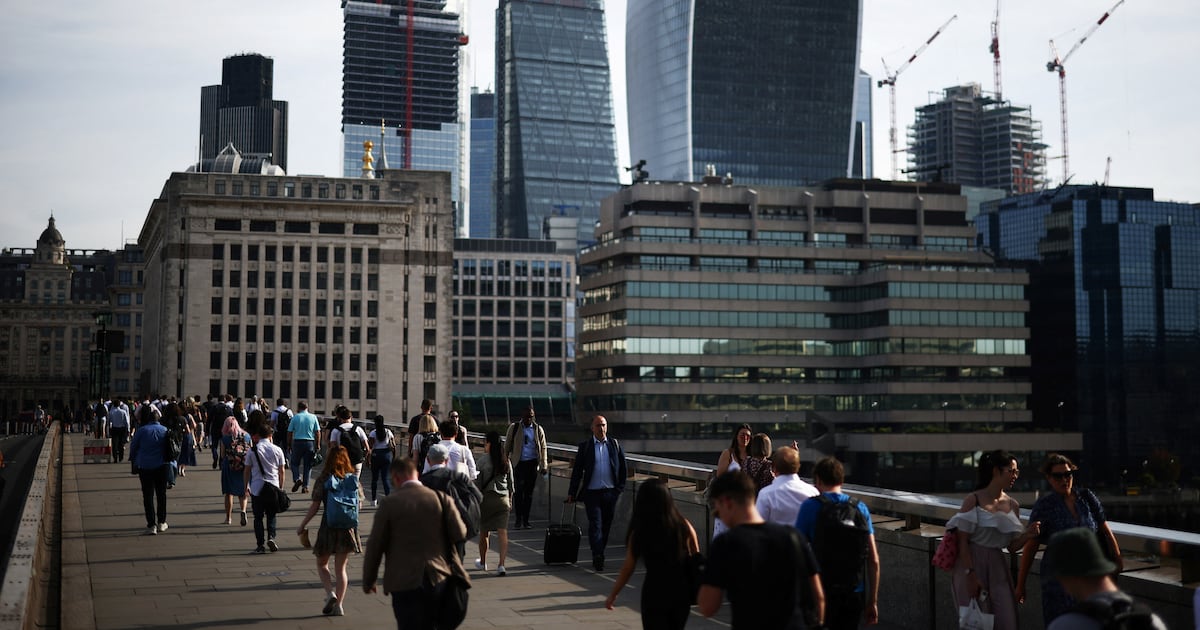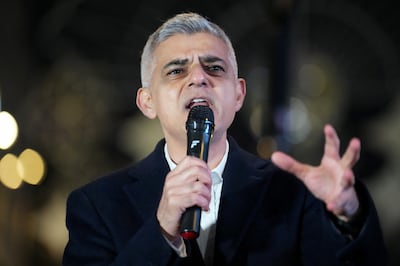Infra
London population tops 10.1 million as it bounces back from Covid slump

A combination of new migration and the return of people who left London during the Covid-19 pandemic has boosted the UK capital’s population, which is “now likely to be well above” its pre-pandemic high of 10.1 million people, a report from Centre for Cities shows.
The think tank notes that London’s population fell during the pandemic, but “bounced back strongly after pandemic restrictions ended and is now almost certainly higher than it has ever been”.
Centre for Cities said while London’s population dropped by 75,500 people between mid-2019 and mid-2021, a fall of 0.7 per cent, the “escape to the country” effect was short-lived and, by mid-2022, 66,000 people had moved to the capital.
“The population dip during Covid was considerably smaller than the figures in the hundreds of thousands that some predicted,” said Andrew Carter, chief executive of Centre for Cities.
“The big challenges associated with London remain. London’s infrastructure is creaking under the weight of its population.
“Policymakers have to shake off any assumption that population changes mean questions over the housing shortage and infrastructure will solve themselves. Nor will smaller, less affluent places see huge influxes of professional workers with greater spending power.”
Figures for 2023 have not been calculated yet, but Centre for Cities predicts that with the influx of people in 2022, London’s population has passed its pre-pandemic peak of more than 10.1 million.
“Some inner London boroughs, such as Camden and Tower Hamlets, population inflows have since exceeded their pre-pandemic average. Rising rents suggest that the demand to live in the capital has continued to increase,” the Centre for Cities said.
“There are big decisions to make like continuing to invest in the public transport network, for example the Bakerloo Line extension and Crossrail 2, so that people can get around,” Mr Carter said.
“Delays to big infrastructure projects and housing delivery will constrain London’s potential.”

Race for mayor
The think tank’s research was released on the same day that London’s Mayor Sadiq Khan launched his campaign for re-election, with a pledge to build 40,000 new council homes by the end of the decade.
In a speech in central London on Monday, Mr Khan will promise to unleash “the greatest council house building drive in a generation” and to double his previous goal to start building 20,000 council homes, which he achieved last year.
But critics point out Mr Khan’s record on housing has fallen below his own targets. On average, since taking office, Mr Khan has delivered about 36,000 homes annually, which is well below his goal of 52,000.
Mr Khan is expected to describe the mayoral election, which he hopes to win for a third time on May 2, as a “two-horse race” between himself and the Conservatives’ Susan Hall, who he said would “take our city backwards”.
Updated: March 18, 2024, 6:03 PM









